Conversion rate optimization (CRO) is important in today’s SEO and the world of digital marketing.
And yet, a whopping 33% of companies are investing little-to-no budget in CRO. Conversion rate optimization is essential for online marketing and even helps your social media, it seems like many businesses are dropping the ball.
Oops!
That’s a big loss for most marketers seeking better conversion rates whose only focus is SEO and its by-products (clicks, traffic, rankings, etc.).
Not all search engine traffic is created equal.
Sometimes, you’ll notice that even though your landing pages are ranking highly in Google’s top 10 and generating organic visitors, your email list is tanking. Even worse, you’re making meager sales – or no sales at all. In short, your conversion funnel is failing to inspire your website visitors.
Believe me, it’s never a good feeling.
In my experience, I’ve discovered that there are times when the #1 result won’t be clicked, but the 4th and 5th organic results will. This can be a game changer when it comes to search engine ranking and your digital marketing strategy.
It all boils down to having a proper website optimization plan to convert rates of search users. Conversion should be in your funnel, not outside – it’s how you implement a brilliant user experience.
You have to begin with on-page SEO and lay out your internal landing pages properly.
Then you need to move beyond your site and focus on conversion rate optimization.
That brings us to conversion rate optimization, a phenomenal approach to maximizing the potential of website visitors that come to your pages through search engines.
In this in-depth article, we look at SEO vs. CRO, as well as how to merge both conversion rate practices to achieve the best results.
SEO focuses on search engine ranking.
CRO, on the other hand, has only one goal: to help the user complete a specific action, by responding (e.g., clicking a button on your landing pages, filling out a form, placing an order, filling a form to get a quote) to the call to action or sharing content on their social media sites. Both are good for your conversion funnel.
Start early: Select relevant keywords that will convert
You can begin your conversion rate journey by selecting the right keywords that’ll actually convert your target audience.
As much as possible, look for keywords with a decent search volume that are relevant to your business, this is how you win at digital marketing.
You already know that most keywords won’t get the job done when it comes to improving user experience and encouraging your target audience to opt-in to your list or buy your product.
Sometimes, you need to dig a little deeper into your Google Analytics and Search Console for keyword insights. You could be driving a lot of organic visits through your keywords, but not getting your desired result when it comes to online marketing success.
This can happen. Don’t believe me?
Well, read this case study:
A few years back, William Reed dug into his client’s Google Analytics and discovered that the site had been on page one of the search engine ranking for a particular keyword with a search volume of about 50,000.
Yet, sadly, the client’s website traffic growth had slowed down, only increasing about 10 – 13% over a 6-month period. They didn’t know what to do to improve their conversion rates and improve the user experience so that customers would click on their landing pages.
Despite the huge search volume for that specific keyword, it wasn’t deeply relevant to the services that the company offers.
And, the users weren’t searching for the keyword with the intent of buying.
They were simply interested in getting more information and then, off they went again, to some other site, their website optimization was scoring big in one area but also failing when it came to their conversion rate optimization.
But, William and his client were smart. They decided to lower the rankings for this 50,000 volume keyword and to instead focus on conversion rates within the traffic that just visited the site without taking any further action.
Eventually, William’s client lost traffic – yet, they saw an improvement in revenue.
This does not, in any way, imply that you should focus 100% of your time and efforts on driving conversion rates to your website from the outset.
Your keywords should be able to bring traffic so that you can nurture and eventually (via the conversion funnel) turn them into customers.
As long as you understand what you’re doing and you’re not chasing your users away with unnecessary sales offers, you’ll be fine. This is how you play the online marketing game. Make sure your user experience is on point and positive and that your marketing campaign is subtle and tailored to your target market.
Back to the keyword research. Remember this: when choosing keywords for your SEO campaigns, you have to incorporate:
- Informational keywords
- Commercial keywords
i). Informational keywords: These are keywords that help the user get adequate information about a particular topic, product or service.
In the customer buying cycle, people who search for informational keywords are still evaluating alternatives before they make a purchase decision when it comes to online marketing.
You can easily identify informational keywords because of the words that modify them. These terms can appear as a prefix (before), suffix (after) or interfix (in-between) to the main keywords.
For example, here are modifiers used to describe informational keywords:
- How to…
- Ways to
- Free tips…
- Free ways to…
- Download free…
- Free alternatives…
- ….no money
Here are real-time informational keywords:
If you type any of the informational keywords above into the search engine, you’ll see typical results from authority sites that provide information on various health and fitness subjects.
At a glance, you’ll notice that search engine giant Google even went further to pull an excerpt from a web page they deemed relevant and useful. That way, instead of the user clicking through to a particular page, they can easily get the right answers there on the first page.
“How to…” is the most popular modifier of informational keywords. These kinds of keywords tend to have a huge search volume.
You can take advantage of these informational keywords to drive an avalanche of free targeted traffic to your site and your landing pages. Sure, they might bring in sales, but you can’t rely on them to build your business.
So, are you ready to make some money? Let’s move on to …
ii). Commercial keywords: These are the keywords that bring in the sales. For more clarity, let’s call them “commercial intent keywords.”
These keywords are sales drivers when it comes to online marketing. They can be long-tail or head keywords, but the most important thing to remember is that they convert better than informational keywords.
The image below shows examples of informational, commercial, and branded keywords:
If you focus primarily on informational keywords, you’ll generate lots of traffic to your site, but your conversion rate will tank.
According to Brian Dean,
“Not spending enough time on commercial intent” is the #1 keyword research mistake most people make.
Commercial intent keywords (aka “buyer keywords”) are usually competitive for Google Ads PPC advertisers. That’s because the people who use these keywords are ready to buy a product – or at least are in the purchase decision stage. This can be big news for your conversion rate.
Brian Dean built one of his first websites and started generating over 60,000 unique visitors per month from organic search alone. But, he made a whopping $0.00 every single month. Ouch!!
Why didn’t the site earn $1,000 or even a measly $100?
Simple: Because Brian focused on huge search volume, informational keywords, and neglected commercial-intent keywords and therefore compromised his user experience.
Commercial keywords can be further grouped into 2 categories:
i). Buy-now keywords: When people are finally ready to place an order or call a business, they use buy-now keywords. These searchers usually have their credit cards ready. You’ll identify them by their modifiers:
- Shipping
- Deal
- Coupon
- Buy
- Purchase
- Get access
- Discount
Some examples of buy now keywords are “buy Nike running shoes,” “where to buy ceramic mugs online,” “Hostgator coupon,” “free shipping men’s designer black shoes.”
ii). Offer/Product keywords: These are popular commercial-intent keywords. The searchers behind them are also ready to buy a particular product. Sometimes, they just need a final nudge to commit to their user experience.
These searchers do convert well, but “buy now” searchers are better prepared to purchase a product or service right now.
Product keywords tend to include:
- Top 10
- Best
- Cheap
- Specific price (“Canon Powershot camera under $300”)
- Top brands
- Reviews
- Review
- Comparison
- Specific product (“Hostgator” or “Bluehost”)
- Affordable
No matter how competitive your industry or niche is, you can find informational keywords that’ll send traffic to your site and improve your conversion rate. And, you can also leverage commercial intent keywords to improve your conversion rate too.
Some examples of buyer keywords in the weight loss niche are:
People who search for “weight loss pills” are definitely ready to buy. They’re not looking for free information this time. They know that supplements and pills cost money to produce and they are willing to drop onto the right landing page when sent from the search engine and to purchase.
Some are even looking for “diet pills that work.”
This probably means that they’ve either tried or heard of diet pills that didn’t work. This time, they’re willing to buy proven diet pills if you give them the opportunity to have a positive user experience.
For search users like this, you first need to eliminate objections in your copy or article. Don’t start by recommending a pill – you’ll be perceived as just another quack after a quick buck, a spammer on the search engines, and it can harm your conversion rate rather than help it.
Start by being 100% honest. Don’t exaggerate or give unrealistic guarantees on when it comes to website optimization. You could begin your copy or content like this:
You’re here because you want diet pills that work.
I honestly thank you for coming over. I’ve worked hard to give you the reliable information you need to optimize your diet, and live a healthy lifestyle. You may have even tried several pills in the past that didn’t work at all, or if they did, not as quickly as you wanted.
Well, you won’t find any quick pill that works magic here. I’ve never seen such a pill before and wouldn’t recommend it to my readers whom I love and respect.
However, if you truly want to create a healthier lifestyle, read on and you’ll be excited by what I have in store for you…
Isn’t this a much nicer user experience when you are looking for something?
2. Analyze your conversion optimization opportunities.
Much has been said about search engines, keyword research, and targeting, I know.
Hopefully, you’ll allow me to say a bit more on the topic, because keywords – especially the longer variations – will drive motivated traffic to your site and increase your sales and conversion rates.
Beyond selecting the right keywords, you’ve also got to analyze your conversion rate optimization opportunities. What do I mean by conversion rate opportunities?
After selecting the right keywords and optimizing your pages for them, you want to know if they’ll convert search engine users into customers. You’ve got to validate your campaign to determine whether it’ll engage a great user experience, initiate interaction, encourage your conversion funnel, or fall flat.
It’s all about examining the customer’s journey and the user experience to ensure that your content delivers the right value to customers who are making a decision to dive down that conversion funnel and make a purchase. None of your pages should overlap with each other.
In other words, if you want users to read your content and make conversion funnel and purchase decisions immediately, then you’ve got to align all of your content properly and stop focusing solely on making users aware of your product. This is the next phase of a solid online marketing plan.
One of the quickest ways to validate your landing page and content pages to make sure they convert is to use the Five Second Test.
This is a platform that enables you to submit a screenshot of your page and gather honest responses from the Fivesecondtest.com community. This can give you an insight into your conversion rate success, whether you need to move onto split testing, and if your online marketing campaign is on the ball.
When you sign up, you can ask the community a variety of questions.
SEO Manager at 7thingsmedia, Ewan Stevenson, has compiled, tested and proven the questions below, which he says trigger the most insightful responses into your conversion rate and your split testing:
- Do you recognize the brand?
- Can you tell what the brand actually does?
- Can you see the call to action?
- Is the page too cluttered or noisy?
- Is mock-up A better than mock-up B? Also known as split testing.
As a side note, you can also use Crazy Egg, a tool that provides a heatmap of your site layout and shows you where site users click the most so you can have better insight into your conversion funnel.
Both the Five Minute Split Testing opportunity and heat map recordings are important steps you should take in online marketing when analyzing conversion rate optimization opportunities.
After choosing the right keywords and strategically working out your website optimizing, Take Me Fishing reversed the downward trend of their organic search traffic and achieved significant results.
Specifically, the site saw +964% more organic traffic, year over year, for specific pages that were optimized. Moreover, the bounce rate was reduced by half.
Remember that design matters when it comes to website optimization. You have to prepare your internal pages for search users, by ensuring that vital information can be easily found. And. when you’re creating content, focus on conversion.
You may not make money or get email subscribers from your SEO efforts immediately, but continue giving away valuable information and eventually, it will pay off.
Think about popular authoritative blogs. Think Problogger, Social Triggers, Copyblogger, Marketing Profs, etc.
These sites enjoy millions of readers each year, but how many times have you seen them pushing offers to their readers?
Sure, when there’s a valuable product that’ll add value to their community, they know there’s nothing wrong with pitching it to their readers.
But, that’s only in rare cases. For the most part, it’s all about giving away plenty of free information.
Successful bloggers and digital marketers give way free information all the time both on their sites and social media because that’s the easiest way to build trust and make more money in the long run.
That’s why Ramit Sethi offers 98% of his content for free, on his ‘I Will Teach You To Be Rich’ website.
Giving away content for free (via your website or social media) without asking for immediate gains can help skyrocket your authority. That’s because more people will trust you enough to tell others about your site. This gives you a great headstart when it comes to your conversion rate.
These referrals (especially through social media shares and word of mouth) are important to Google.
Word of mouth, particularly, will cause people to search for your site name before they visit it. When they arrive and what they see matches what they’ve come to know about you and expect from you, they’ll trust you.
That’s because “authority breeds trust.”
When you build pages, make sure that you’ve properly optimized your content and metadata for search, but don’t forget the users.
Even when you don’t have enough backlinks pointing to your internal pages, you could still drive enough organic traffic and rank highly on the first page, thanks to domain authority and social signals.
Look at the result for the keyword “men’s tuxedos” below. Nordstrom’s page is right there at the top. It’s not there because it has the most backlinks or social media shares – it’s there because of Nordstrom’s overall website authority.
“Because Nordstrom is a brand that, on and off the web, has built a remarkable reputation on all of the positive signals around its brand and its website as a whole.”
Conclusion
If you’re not already incorporating conversion rate optimization (CRO) into your SEO campaign and your website optimization, you should start today.
Search engine optimization alone cannot deliver great results for your business. You need to not only get clicks, but also drive organic traffic, and finally, rank at #1 or #2 in the organic listings. But you also need to convert visitors into customers.
To maximize your search results, pay closer attention to the long-tail keywords showing commercial intent. They’re more relevant and defined when used in the search.
What’s more, long-tail keywords can help you drive search traffic that converts into customers in real-time.
Are you familiar with CRO? How have you been able to use it to convert your search traffic into customers? How do you plan out your own website optimization?

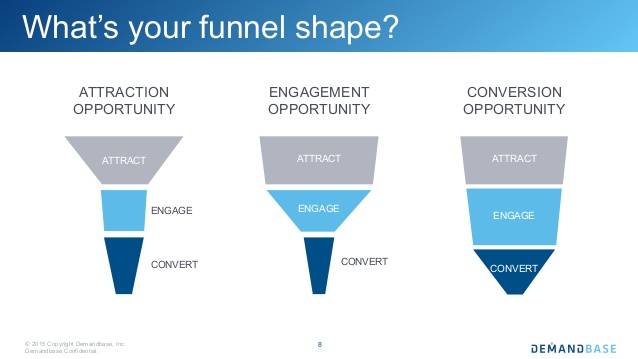
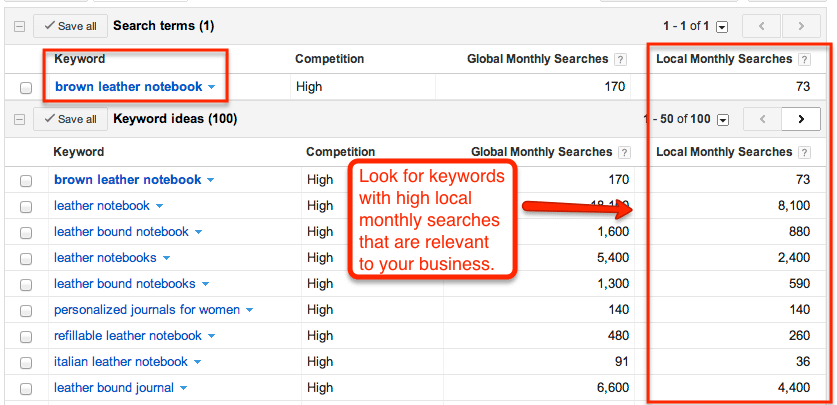
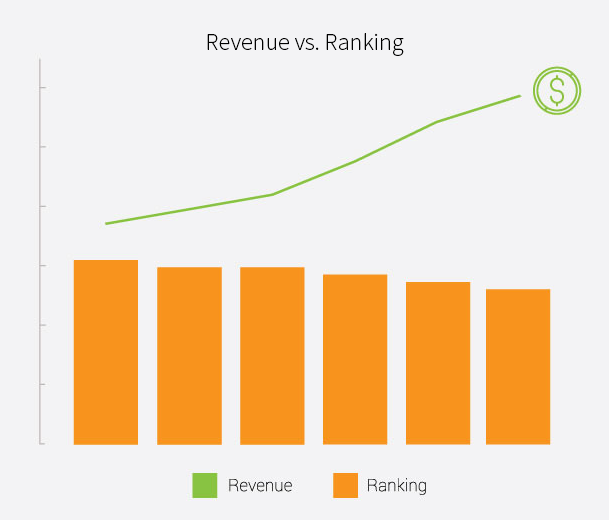

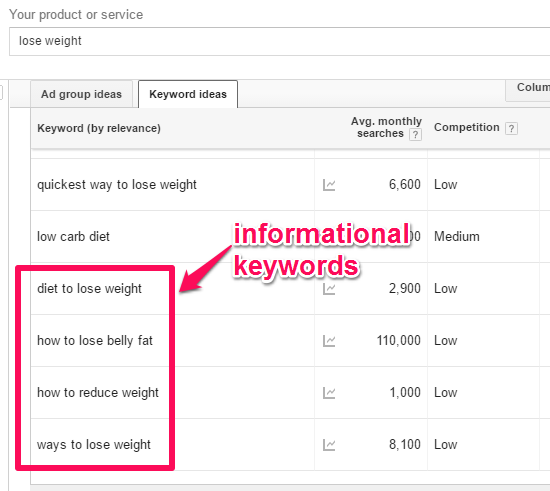
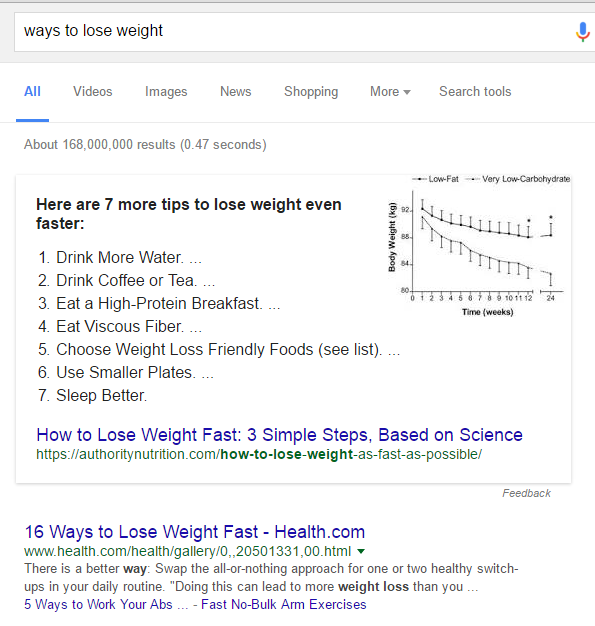


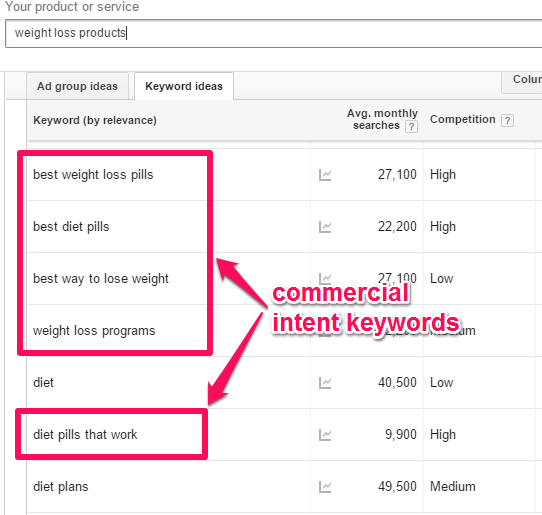

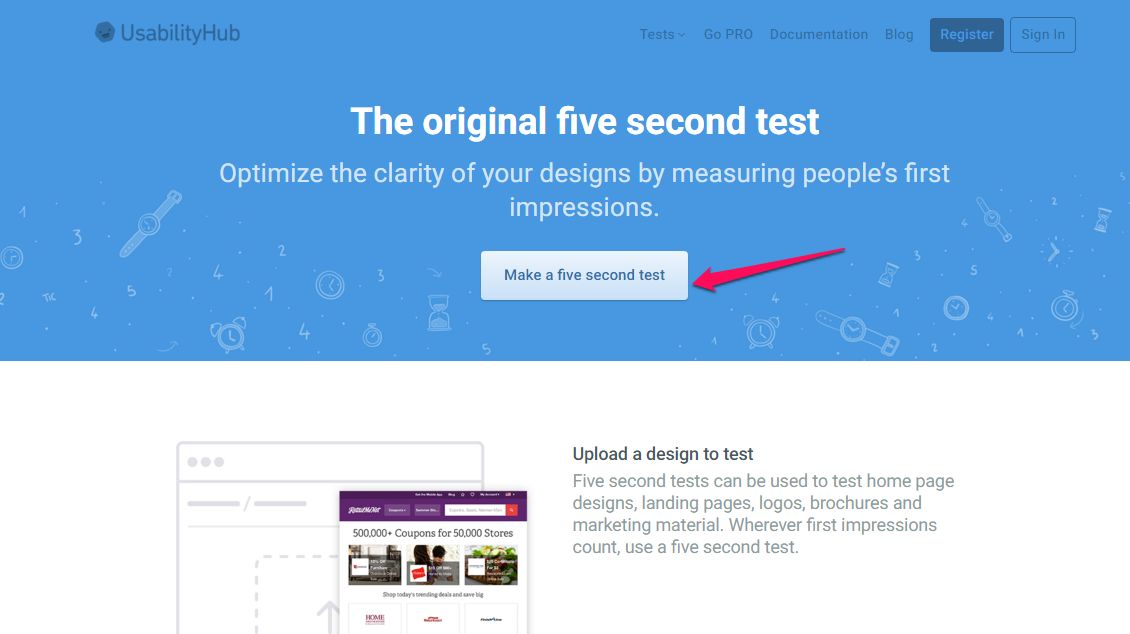


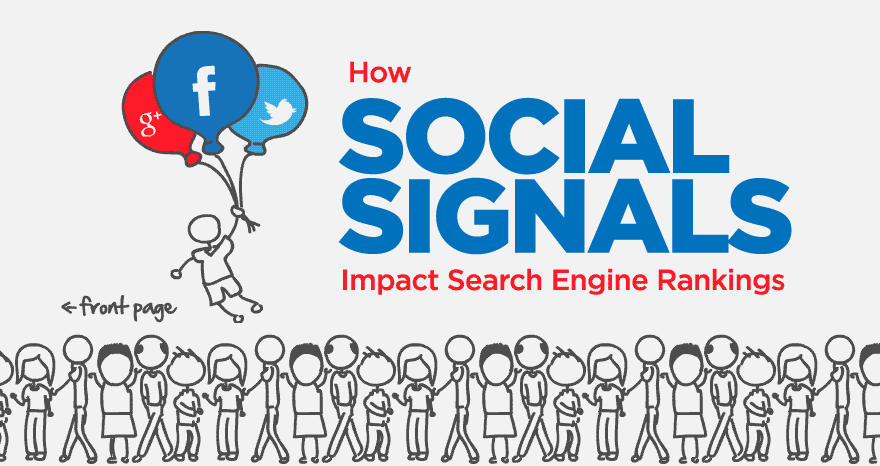
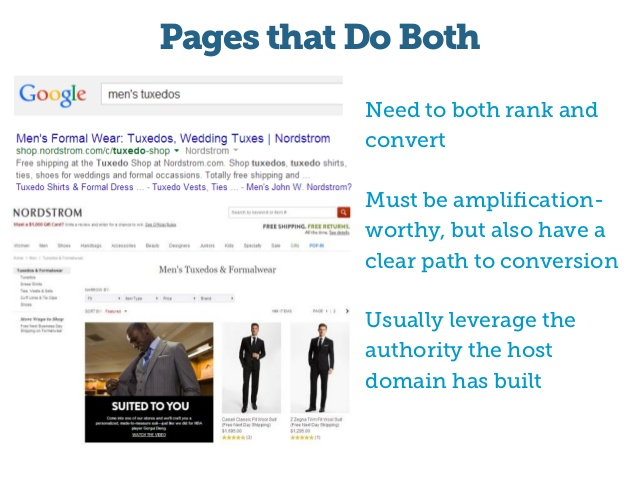
Comments (37)